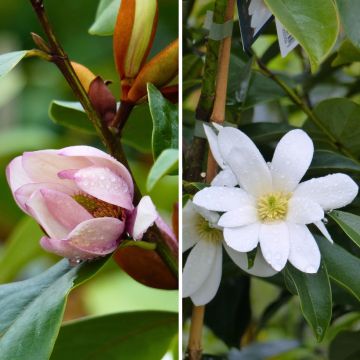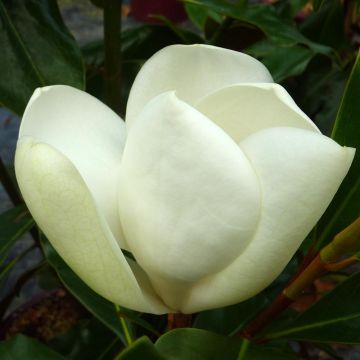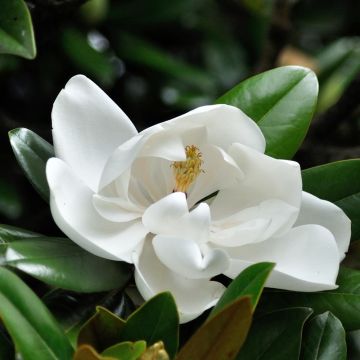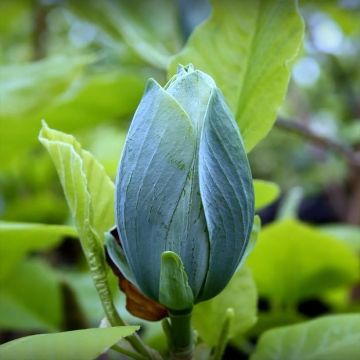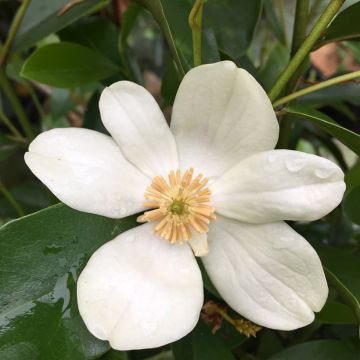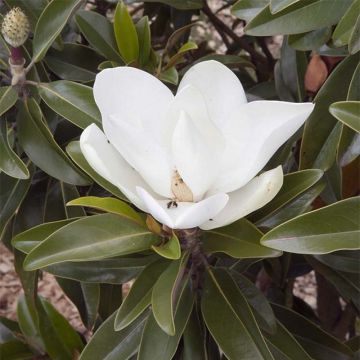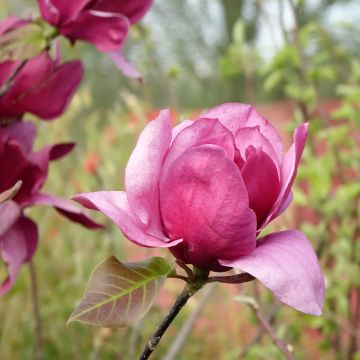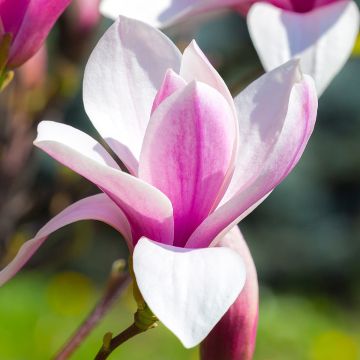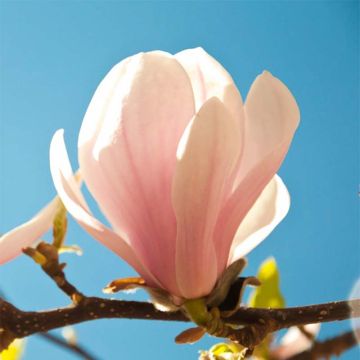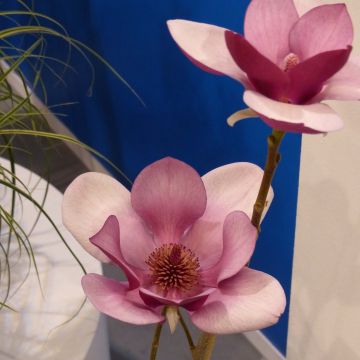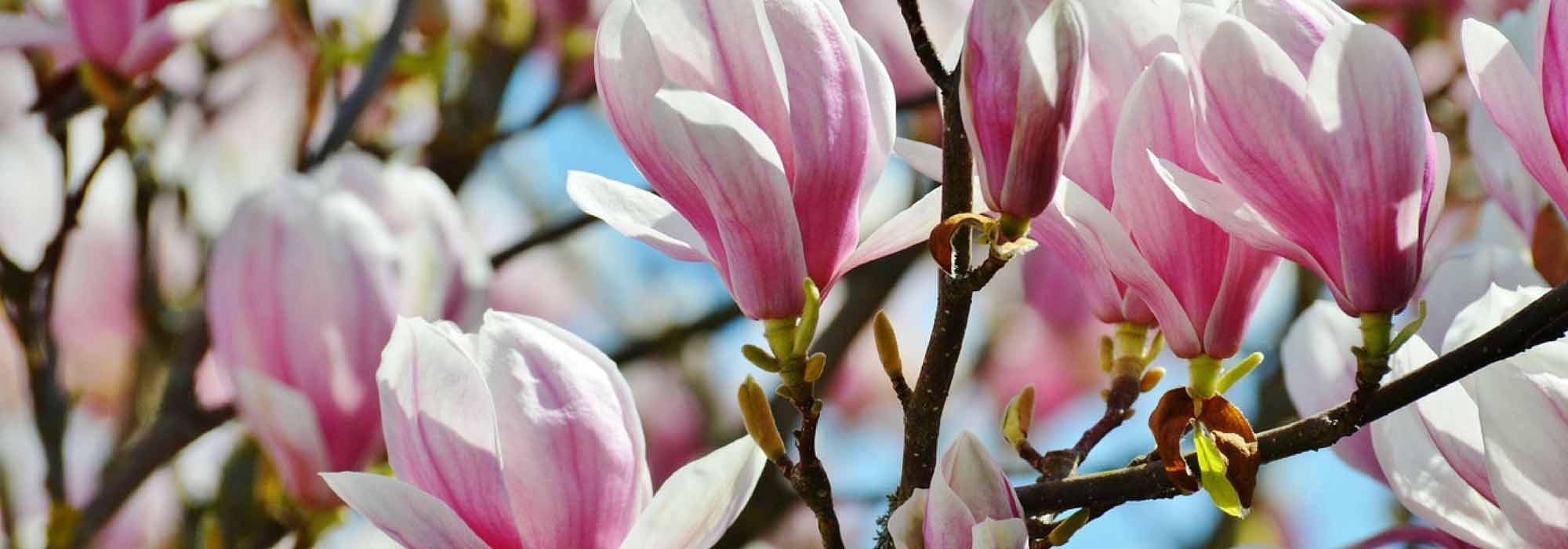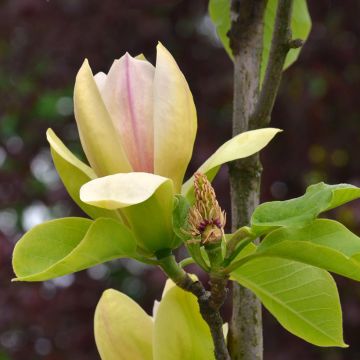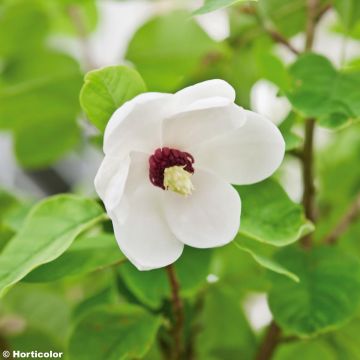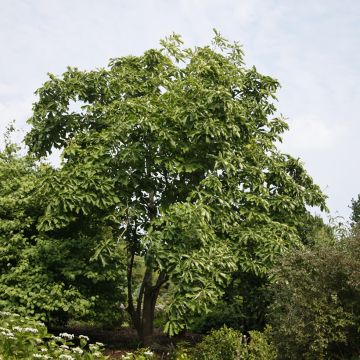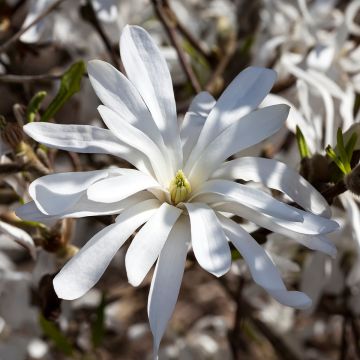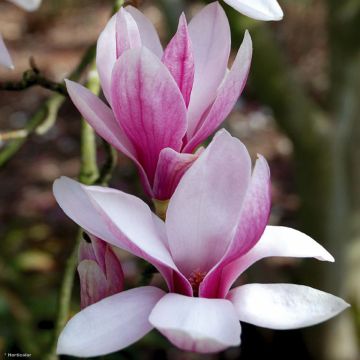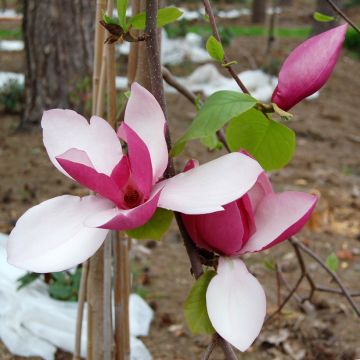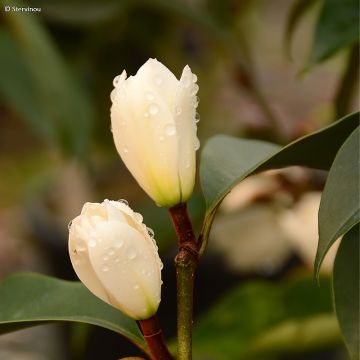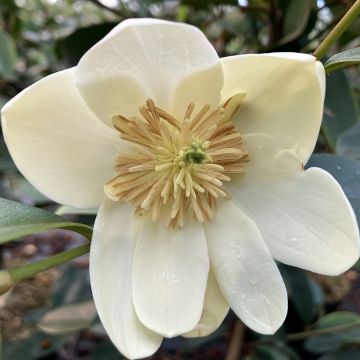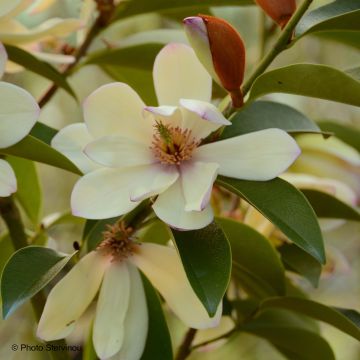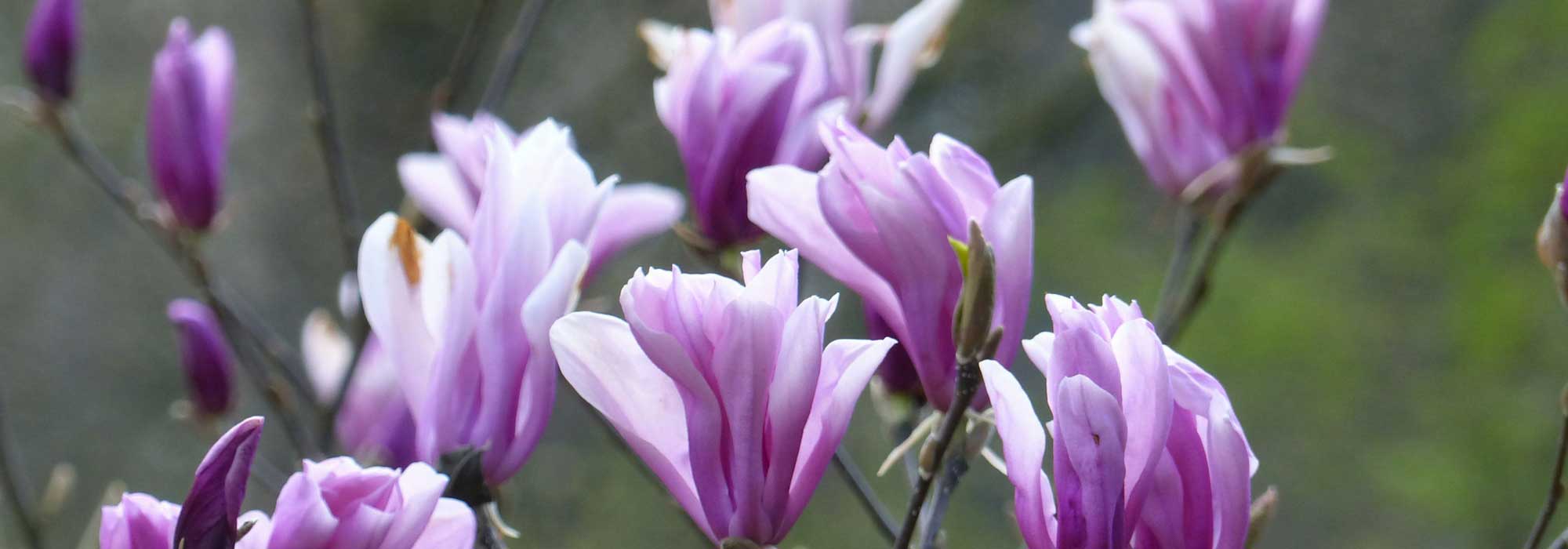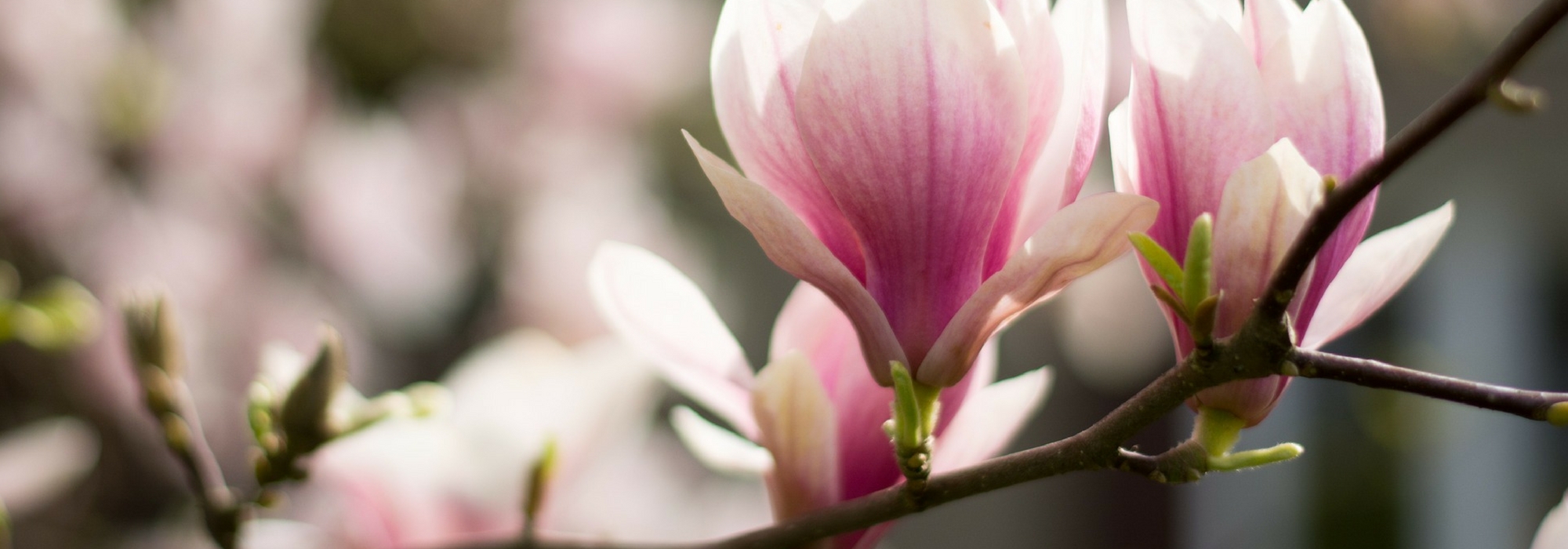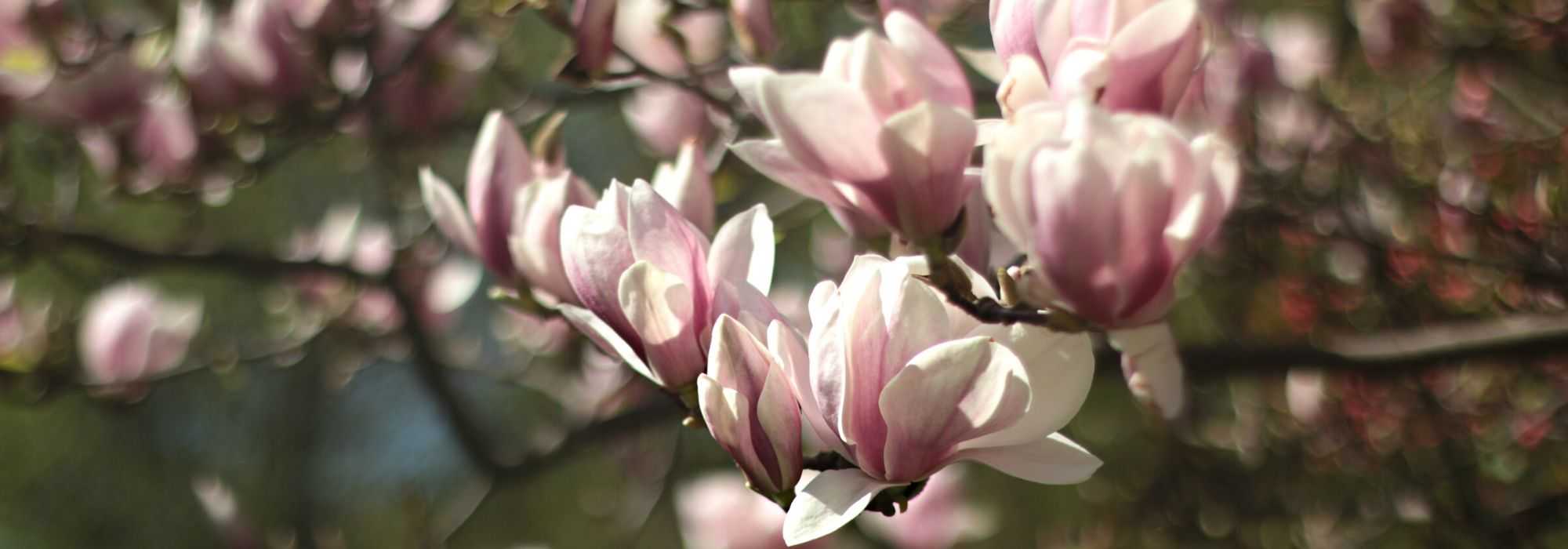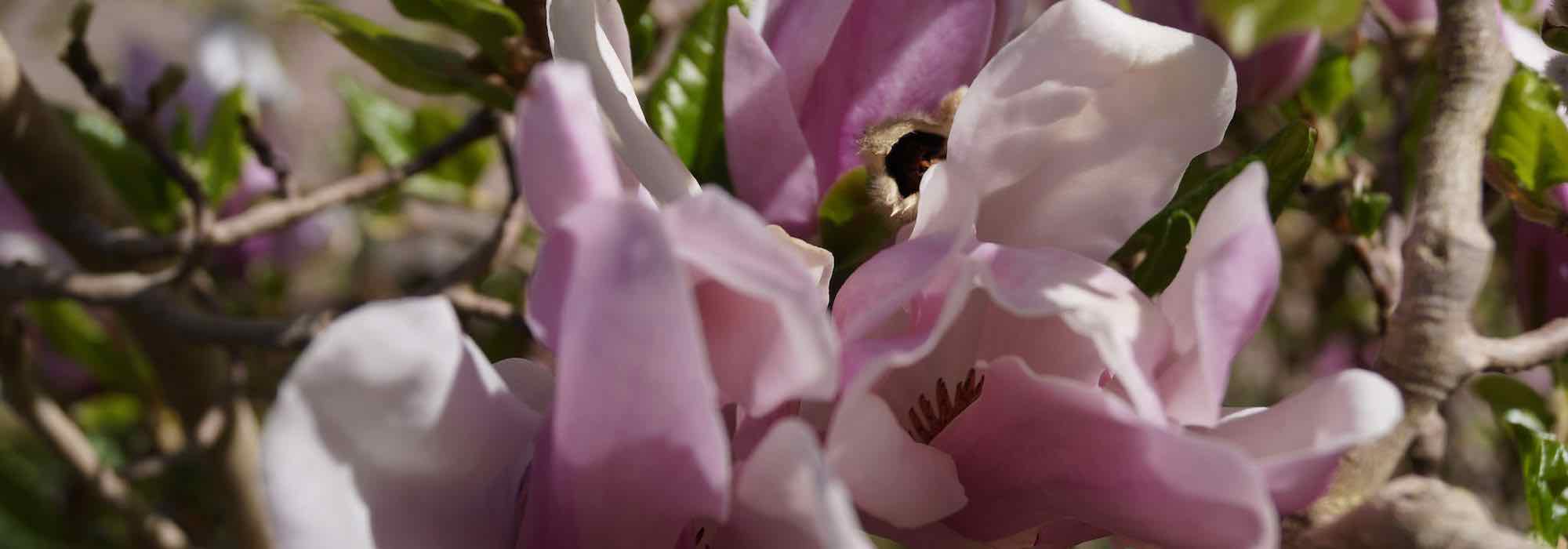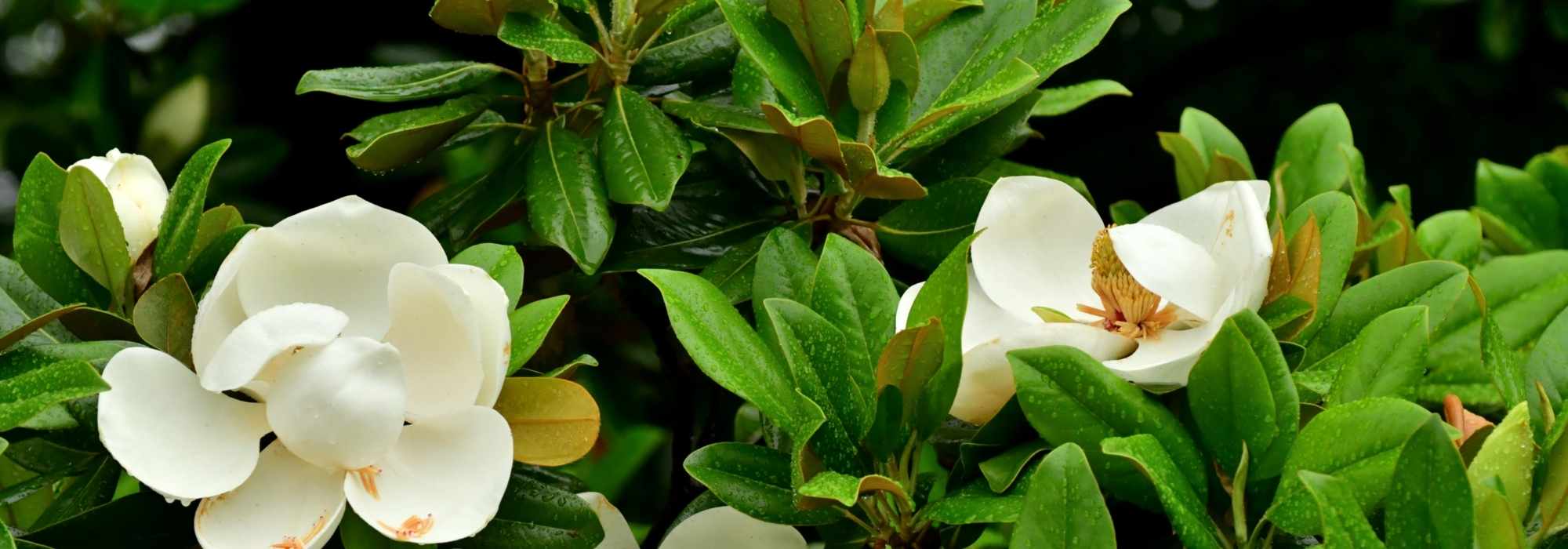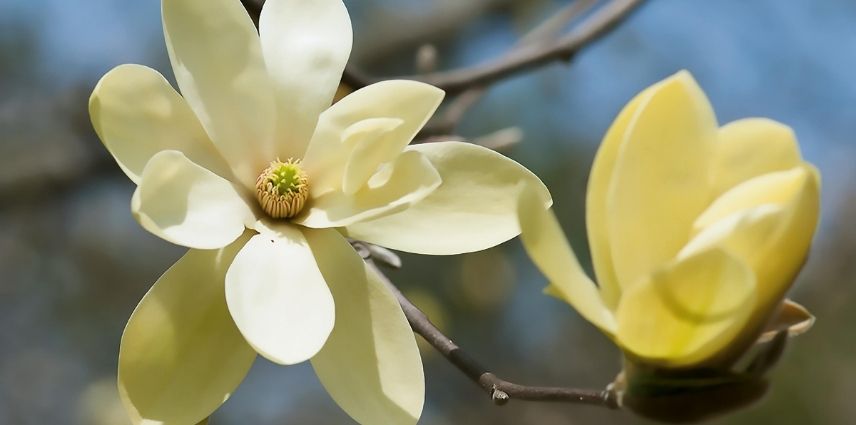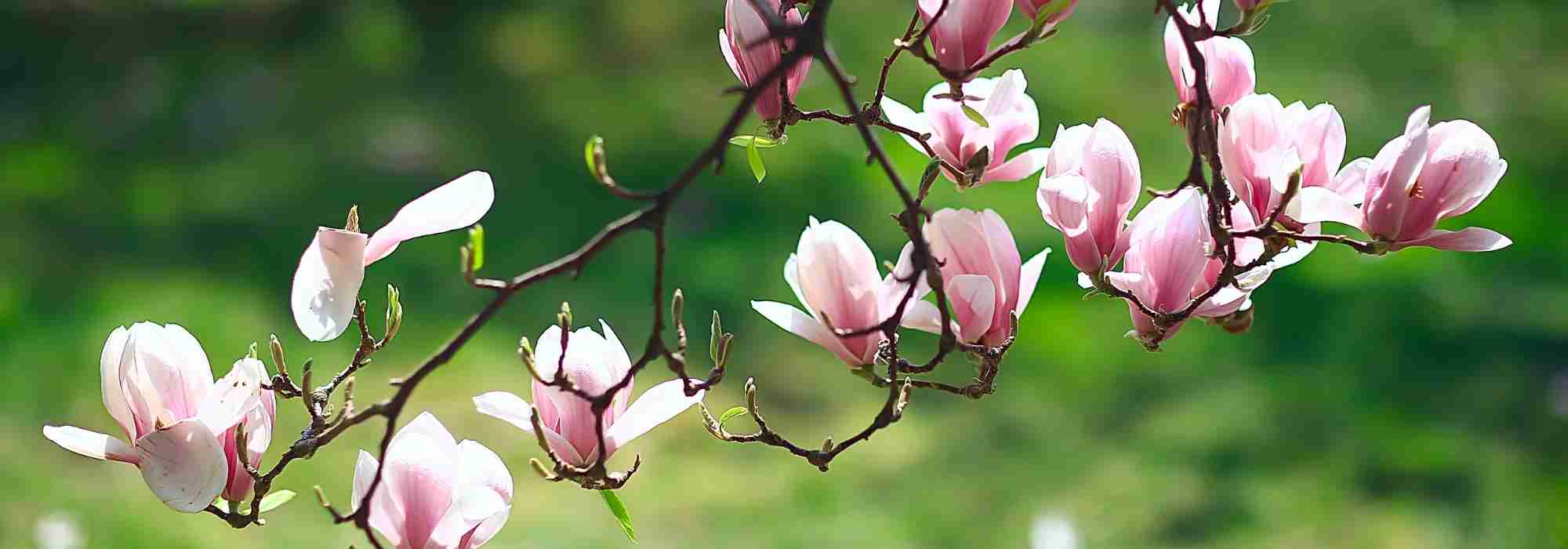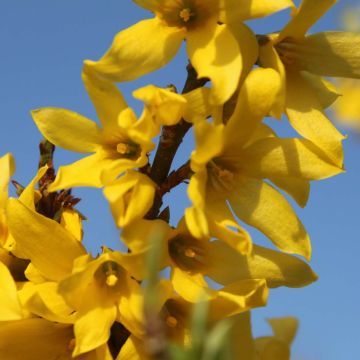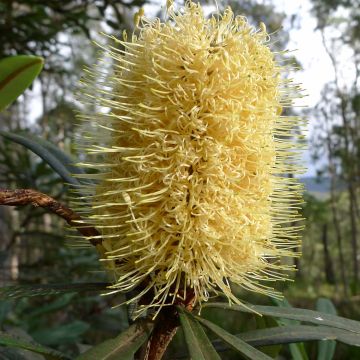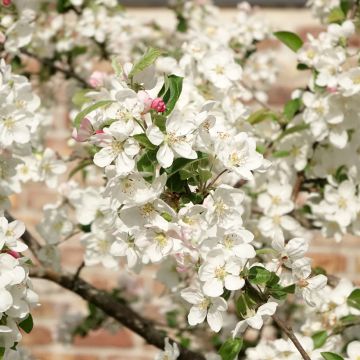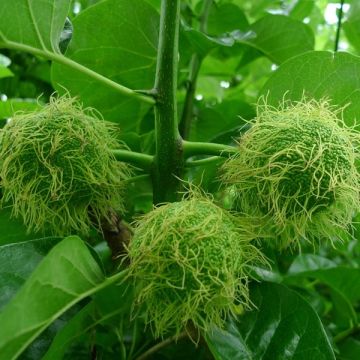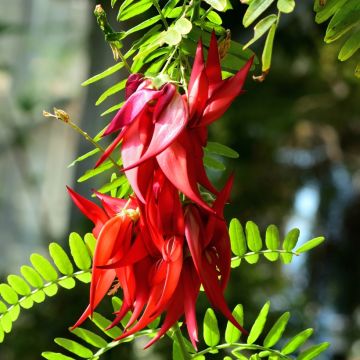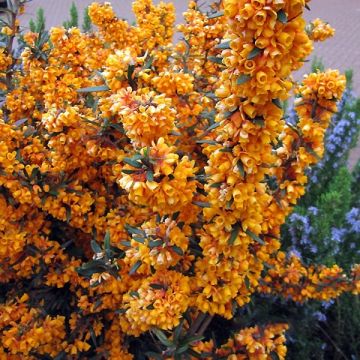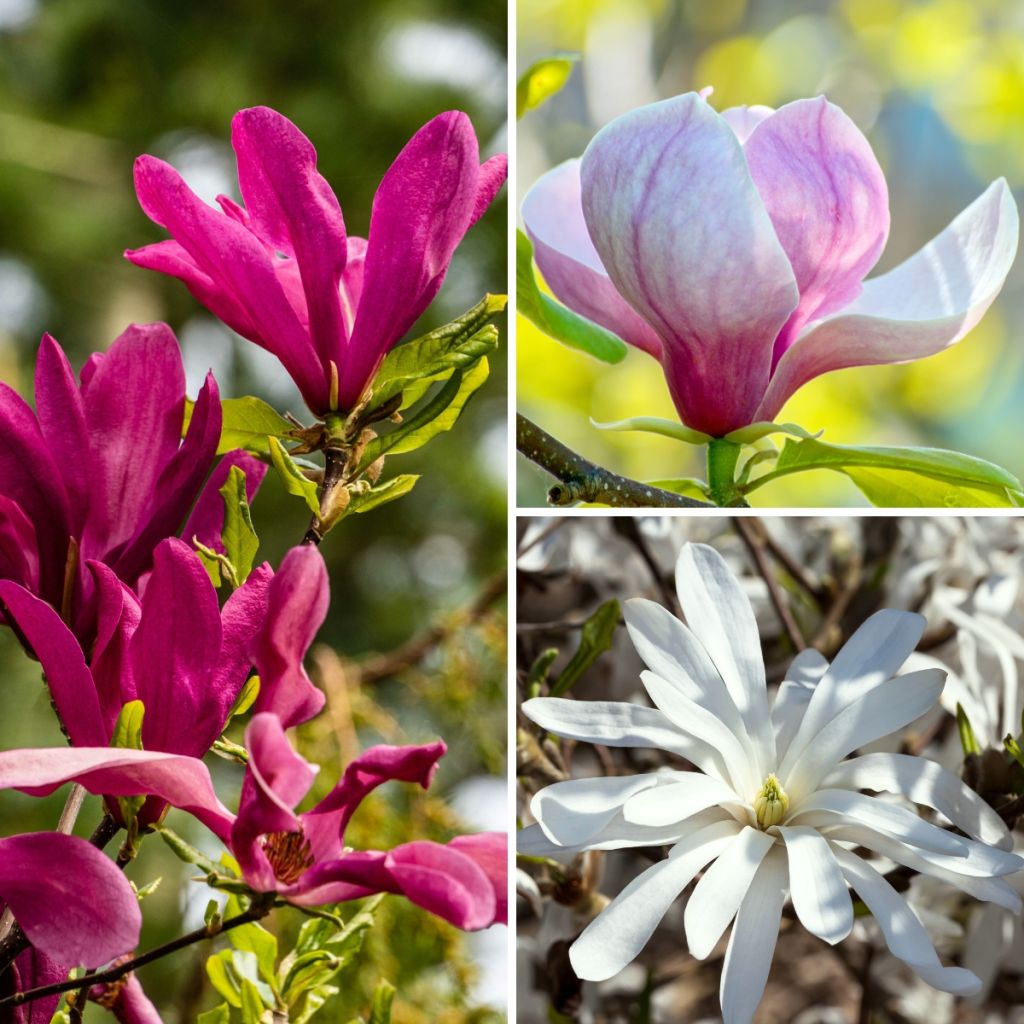

Magnolia Three Sisters (stellata, soulangeana, Susan)
Magnolia Three Sisters (stellata, soulangeana, Susan)
Magnolia Three Sisters ® Mix
Magnolia
Special offer!
Receive a €20 voucher for any order over €90 (excluding delivery costs, credit notes, and plastic-free options)!
1- Add your favorite plants to your cart.
2- Once you have reached €90, confirm your order (you can even choose the delivery date!).
3- As soon as your order is shipped, you will receive an email containing your voucher code, valid for 3 months (90 days).
Your voucher is unique and can only be used once, for any order with a minimum value of €20, excluding delivery costs.
Can be combined with other current offers, non-divisible and non-refundable.
Why not try an alternative variety in stock?
View all →This plant carries a 24 months recovery warranty
More information
We guarantee the quality of our plants for a full growing cycle, and will replace at our expense any plant that fails to recover under normal climatic and planting conditions.
Would this plant suit my garden?
Set up your Plantfit profile →
Description
The Three Sisters Magnolia adopts the recent concept of bringing together three different species of Magnolia in a single pot. Thus, in a single plant, you can observe three flowerings in three different colours with flowers of different shapes, gathered on a single bush. Here, the species of Magnolia soulangeana, Magnolia stellata and the variety Magnolia Susan coexist on the same plant. The star-shaped white flowers of stellata are accompanied in spring by the two tulip flowerings of soulangeana and Susan, one white to purple-pink and the other purple-pink.
The Three Sisters Magnolia belongs to the magnolia family. It forms a small, upright and rounded tree, compact, taller than it is wide, and reaches a height of 3 to 4m (10 to 13ft) at maturity, with a width of 3m. With a bushy habit and beautiful, well-balanced branches, it can also grow on a single trunk. Its deciduous foliage consists of obovate, dark green leaves, paler and finely hairy on the underside, turning yellow-brown in autumn, measuring 10 to 15cm (4 to 6in) long. In April, depending on the climate, numerous solitary, slightly fragrant flowers appear, before and after the leaves emerge, in the shape of stars, cups or tulips. They are arranged in a unique way, with their petals imbricate, similar to those of a rose. These upright flowers are formed by 8 waxen and thick tepals (indistinguishable sepals and petals), opening slowly, with numerous brown-pink stamens. After flowering, brown fruits appear, containing red seeds.
This Magnolia, with its remarkable flowering, is perfect for small spaces, including terraces, when planted in a large container. Adapted to our climates, it should be planted in a rich, moist, even damp, but well-drained and slightly or not chalky soil, in full sun or partial shade. Just make sure not to plant other plants within 2m (7ft) of the Magnolia trunk, as its roots cannot tolerate competition. It is most often used as a solitary subject in the middle of a short grass meadow, alone or with ground cover plants around its base, where its magnificent flowering has a beautiful effect. It can be integrated into an ericaceous bed, in a Japanese-style setting. It is also possible to create beautiful flowering hedges along pathways, alternating this Magnolia with other cultivars.
Plant habit
Flowering
Foliage
Botanical data
Magnolia
Three Sisters ® Mix
Magnoliaceae
Magnolia
Cultivar or hybrid
Other Magnolia
View all →Planting and care
The Magnolia Three Sisters prefers sheltered situations, sunny to semi-shaded exposures, a moist, well-drained, fertile and humus-rich, deep, neutral to acid soil. It tolerates clayey soils that are not waterlogged. However, it does not tolerate limestone, poor and dry soils, or windy locations. With good hardiness (down to -20°C (1°F)), it is essential to protect young subjects from frost in the first years following planting. Note that late frosts and cold winds can damage flower buds and young leaves, thus affecting flowering.
Planting the Magnolia can be done in spring or autumn, outside the frost period, ensuring it is protected from cold winds. Prepare a hole 80cm (32in) on each side and the same depth, with a good supply of ericaceous soil and compost. Take care when placing it in the hole, so as not to break the fleshy but fragile roots. Immediate watering with non-limestone water (rainwater) helps to settle the soil around the roots. During the first year of planting, the Magnolia requires watering once a week. It will appreciate a mulch once a year in spring. For planting in limestone soil, it is advisable to replace your soil with well-rotted compost, leafmould, and ericaceous soil. For better tree establishment, do not choose plants that are too large (1.50m (5ft) is a good size). Staking may be necessary if the tree is a large specimen. Water generously in the first years. As Magnolias do not like prolonged drought, the soil should remain slightly moist (but not waterlogged) throughout the summer. It is recommended to mulch the base to retain moisture during the hot season, enrich the soil, and protect it from the cold in winter.
During the first years, pruning after flowering can be done to shape its silhouette. The growth of this tree is slow in the first years following planting. It will be well-established after 4 to 5 years, its growth will accelerate, and pruning will no longer be necessary, except to remove dead wood and rebalance its habit. Since its roots are fragile, it is best to avoid transplanting it. The only enemies of the Magnolia are pests such as scale insects, snails, and slugs that attack young plants, as well as diseases such as root rot (in overly waterlogged soil), coral disease, and fungal diseases.
Planting period
Intended location
Care
Planting & care advice
This item has not been reviewed yet - be the first to leave a review about it.
Similar products
Haven't found what you were looking for?
Hardiness is the lowest winter temperature a plant can endure without suffering serious damage or even dying. However, hardiness is affected by location (a sheltered area, such as a patio), protection (winter cover) and soil type (hardiness is improved by well-drained soil).

Photo Sharing Terms & Conditions
In order to encourage gardeners to interact and share their experiences, Promesse de fleurs offers various media enabling content to be uploaded onto its Site - in particular via the ‘Photo sharing’ module.
The User agrees to refrain from:
- Posting any content that is illegal, prejudicial, insulting, racist, inciteful to hatred, revisionist, contrary to public decency, that infringes on privacy or on the privacy rights of third parties, in particular the publicity rights of persons and goods, intellectual property rights, or the right to privacy.
- Submitting content on behalf of a third party;
- Impersonate the identity of a third party and/or publish any personal information about a third party;
In general, the User undertakes to refrain from any unethical behaviour.
All Content (in particular text, comments, files, images, photos, videos, creative works, etc.), which may be subject to property or intellectual property rights, image or other private rights, shall remain the property of the User, subject to the limited rights granted by the terms of the licence granted by Promesse de fleurs as stated below. Users are at liberty to publish or not to publish such Content on the Site, notably via the ‘Photo Sharing’ facility, and accept that this Content shall be made public and freely accessible, notably on the Internet.
Users further acknowledge, undertake to have ,and guarantee that they hold all necessary rights and permissions to publish such material on the Site, in particular with regard to the legislation in force pertaining to any privacy, property, intellectual property, image, or contractual rights, or rights of any other nature. By publishing such Content on the Site, Users acknowledge accepting full liability as publishers of the Content within the meaning of the law, and grant Promesse de fleurs, free of charge, an inclusive, worldwide licence for the said Content for the entire duration of its publication, including all reproduction, representation, up/downloading, displaying, performing, transmission, and storage rights.
Users also grant permission for their name to be linked to the Content and accept that this link may not always be made available.
By engaging in posting material, Users consent to their Content becoming automatically accessible on the Internet, in particular on other sites and/or blogs and/or web pages of the Promesse de fleurs site, including in particular social pages and the Promesse de fleurs catalogue.
Users may secure the removal of entrusted content free of charge by issuing a simple request via our contact form.
The flowering period indicated on our website applies to countries and regions located in USDA zone 8 (France, the United Kingdom, Ireland, the Netherlands, etc.)
It will vary according to where you live:
- In zones 9 to 10 (Italy, Spain, Greece, etc.), flowering will occur about 2 to 4 weeks earlier.
- In zones 6 to 7 (Germany, Poland, Slovenia, and lower mountainous regions), flowering will be delayed by 2 to 3 weeks.
- In zone 5 (Central Europe, Scandinavia), blooming will be delayed by 3 to 5 weeks.
In temperate climates, pruning of spring-flowering shrubs (forsythia, spireas, etc.) should be done just after flowering.
Pruning of summer-flowering shrubs (Indian Lilac, Perovskia, etc.) can be done in winter or spring.
In cold regions as well as with frost-sensitive plants, avoid pruning too early when severe frosts may still occur.
The planting period indicated on our website applies to countries and regions located in USDA zone 8 (France, United Kingdom, Ireland, Netherlands).
It will vary according to where you live:
- In Mediterranean zones (Marseille, Madrid, Milan, etc.), autumn and winter are the best planting periods.
- In continental zones (Strasbourg, Munich, Vienna, etc.), delay planting by 2 to 3 weeks in spring and bring it forward by 2 to 4 weeks in autumn.
- In mountainous regions (the Alps, Pyrenees, Carpathians, etc.), it is best to plant in late spring (May-June) or late summer (August-September).
The harvesting period indicated on our website applies to countries and regions in USDA zone 8 (France, England, Ireland, the Netherlands).
In colder areas (Scandinavia, Poland, Austria...) fruit and vegetable harvests are likely to be delayed by 3-4 weeks.
In warmer areas (Italy, Spain, Greece, etc.), harvesting will probably take place earlier, depending on weather conditions.
The sowing periods indicated on our website apply to countries and regions within USDA Zone 8 (France, UK, Ireland, Netherlands).
In colder areas (Scandinavia, Poland, Austria...), delay any outdoor sowing by 3-4 weeks, or sow under glass.
In warmer climes (Italy, Spain, Greece, etc.), bring outdoor sowing forward by a few weeks.






























